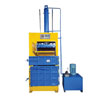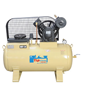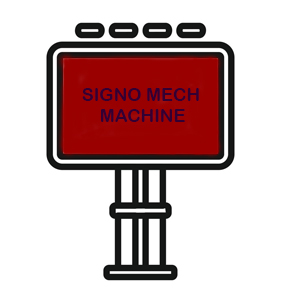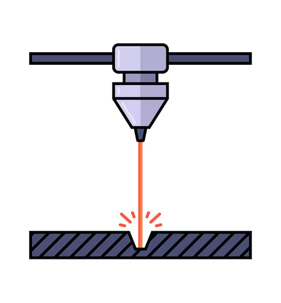A Beginner's Guide to Understanding Hose Crimping Machine Specifications
Published On: Jun 02, 2023 by Pathak
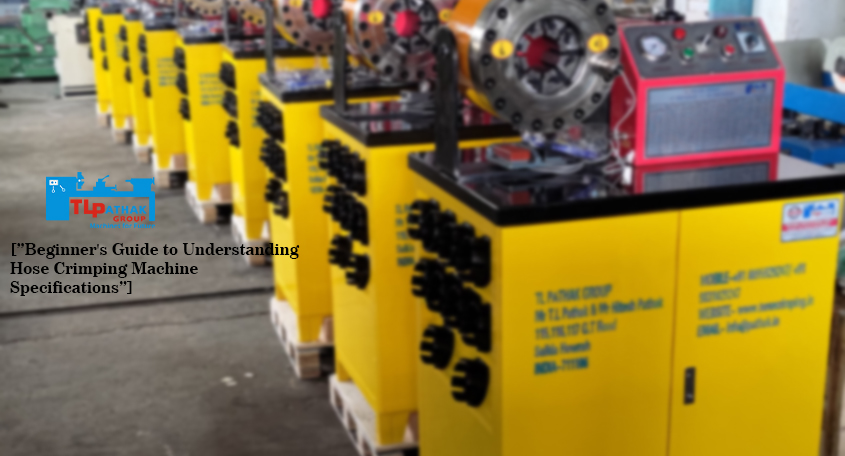
Welcome to the beginner's guide to understanding hose crimping machine specifications. As you embark on your journey to explore the world of hose crimping machines, it's essential to grasp the key specifications that define their capabilities and performance. Here, we will demystify these specifications, empowering you with the knowledge to make informed decisions when selecting a machine for your specific needs.
1. Crimping Capacity: This specification indicates the range of hose sizes that a machine can accommodate. It is typically mentioned as the minimum and maximum diameter of hoses that can be crimped effectively.
2. Crimping Force: The crimping force is the pressure exerted by the machine during the crimping process. It is crucial to ensure that the machine generates sufficient force to create a secure and durable crimp on the hose fittings.
3. Crimping Accuracy: This specification refers to the precision and consistency of the crimps produced by the machine. Look for machines that offer high crimping accuracy to ensure reliable and leak-free connections.
4. Die Opening: The die opening determines the maximum size of fittings that can be inserted into the crimping machine. It is essential to select a machine with a sufficiently large die opening to accommodate the fittings used in your applications.
5. Crimping Cycle Time: This specification denotes the time taken by the machine to complete a crimping cycle. Consider the cycle time when evaluating the machine's productivity and efficiency for your specific production requirements.
6. Motor Power: The motor power indicates the strength of the machine's motor. It influences the speed and force at which the crimping operation is performed. Higher motor power can lead to faster crimping and increased efficiency.
7. Control System: The control system of a hose crimping machine determines the ease of operation and the level of automation. Look for user-friendly control interfaces and advanced features like programmable settings for enhanced efficiency.
8. Machine Weight and Dimensions: The weight and dimensions of the machine are important considerations, especially if you have limited space in your workshop. Ensure that the machine can be accommodated comfortably and does not hinder your workflow.
9. Safety Features: Check for safety features such as emergency stop buttons, protective shields, and safety interlocks to ensure a secure working environment and minimize the risk of accidents.
10. Warranty and Support: Consider the warranty offered by the manufacturer and the availability of after-sales support. A reliable warranty and responsive support system can provide peace of mind and assistance in case of any issues.
By understanding these key specifications, you will be better equipped to assess and compare hose crimping machines, ultimately selecting the one that best fits your requirements. Remember to consider the specific needs of your applications, industry standards, and any unique considerations that may impact your choice. With this knowledge, you are ready to embark on your journey into the world of hose crimping machines.
Lastest Articles
-
Embracing NC Hydraulic Press Brake Technology in Middle East Factories
Being a prominent center for indust... -
What machines are used to set up an Electrical Modular Box Plant
Attention all aspiring entrepreneur... -
Manual Process For Making Steel Almirah
Steel almirah are not only durable ... -
Semi Automatic Almirah Making Machines
Streamlining Production Processes w... -
Steel Almirah Manufacturing With Fully Automatic High Precision Machines
Welcome to the world of precision a... -
Unlocking the Power of Precision Understanding the Purpose and Functionality of Drilling Machines
A drilling machine is a tool used f... -
A Beginners Guide to C-Frame Presses for Industrial Applications
Welcome to the world of C-frame pre... -
Busbar Machine Applications in Automotive Manufacturing
Busbar Machine Applications i... -
How Busbar Machines Contribute to Electrical Safety and Reliability
How Busbar Machines Contribute to E... -
A Beginner's Guide to Busbar Fabrication and Assembly
A Beginner's Guide to Busbar Fabric...





















